A Columbian Coffee Plantation
by Scott Page-
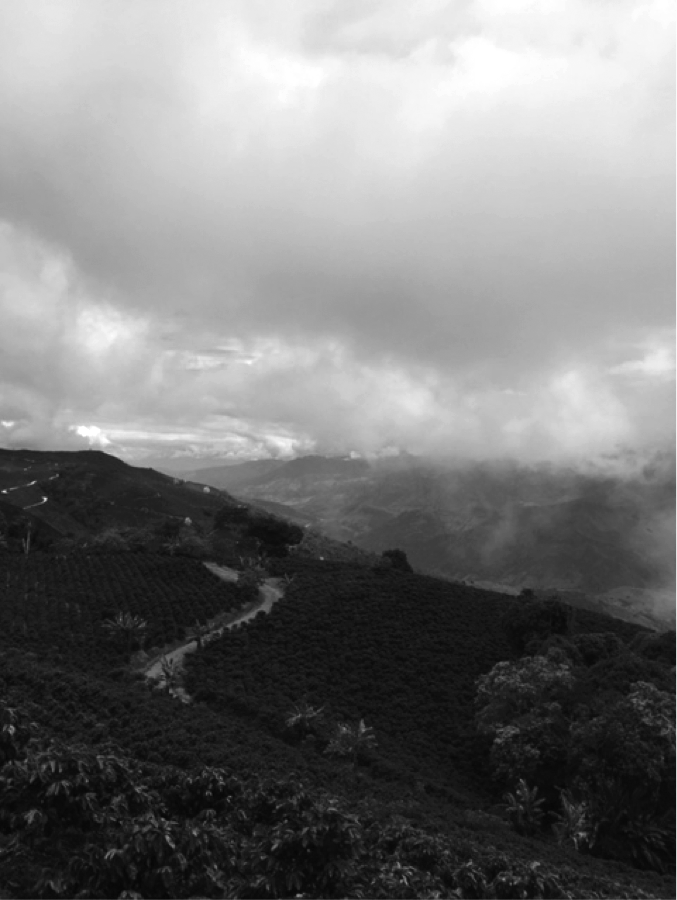
Always looking for new destinations, my partner Emily and I traveled to Columbia in October. Since Columbia is the third largest producer of coffee, exploring the intricacies of this intriguing plant was a must do. We signed up to do a coffee tour with a company called LandVenture Travel (they did an excellent job). On the morning of October 30, 2017 the guide picked us up at our hotel in Medellin, took us to an authentic breakfast and then we headed to a town called Concordia in the Northwestern coffee region of Colombia.
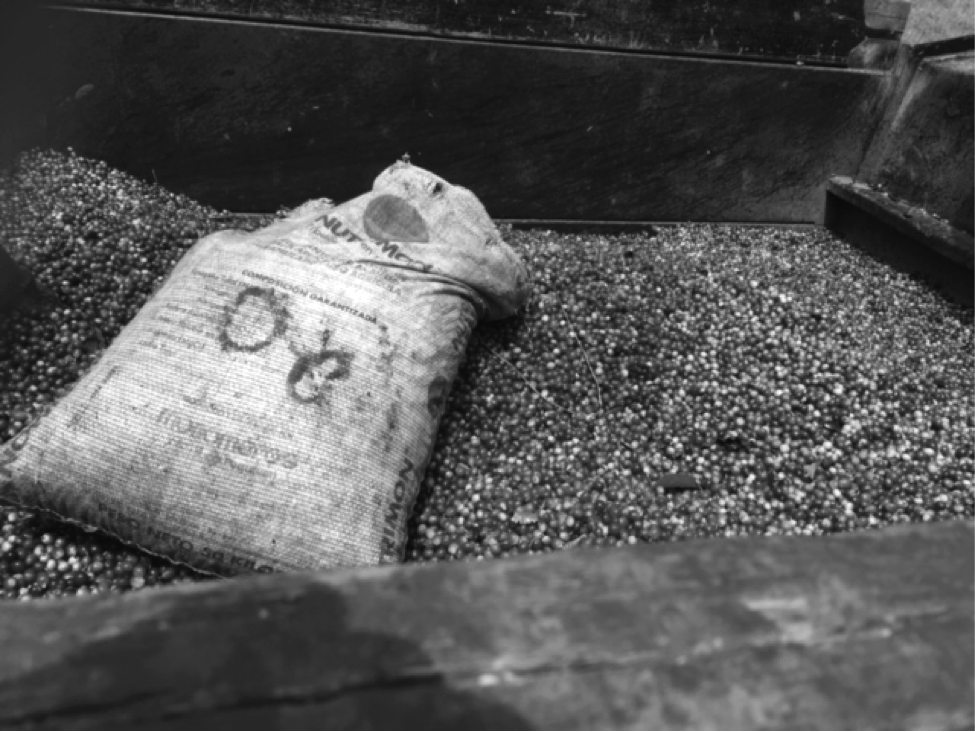
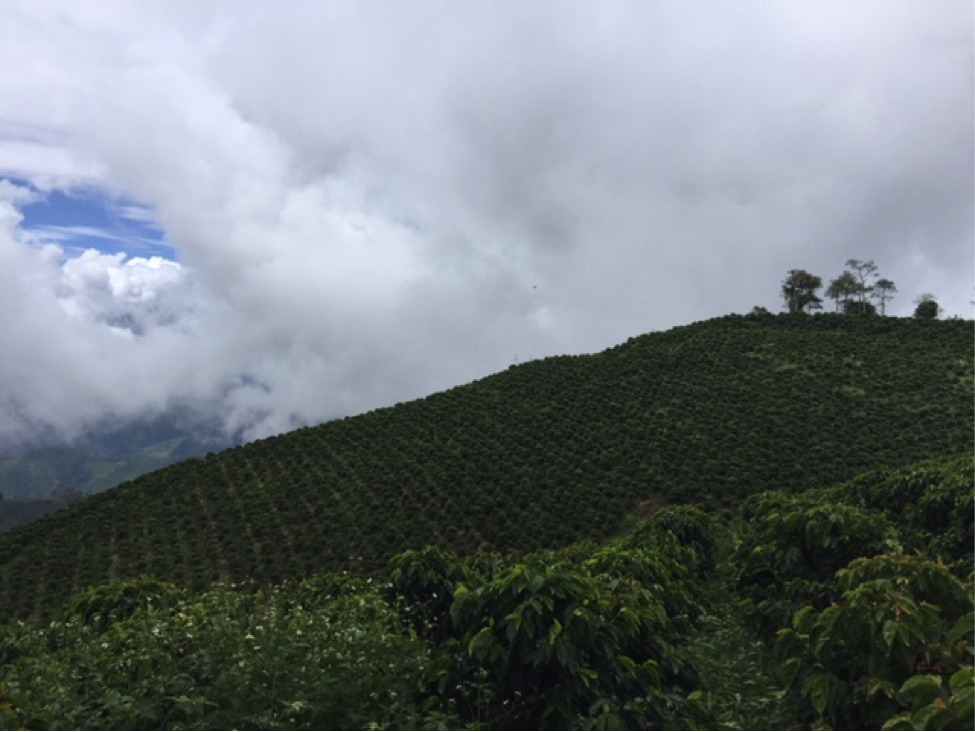
The 2 hour drive there was pretty amazing, we drove on some very steep and winding roads through the Andes mountains to get there. The scenery was totally awesome, and the drive itself was an experience. Traffic laws in Colombia (and most Latin American countries) are pretty lax and unenforced. Drivers are constantly passing each other on these narrow, winding roads with very little visibility up ahead and a cliff on the other side of the road. It’s quite the experience.
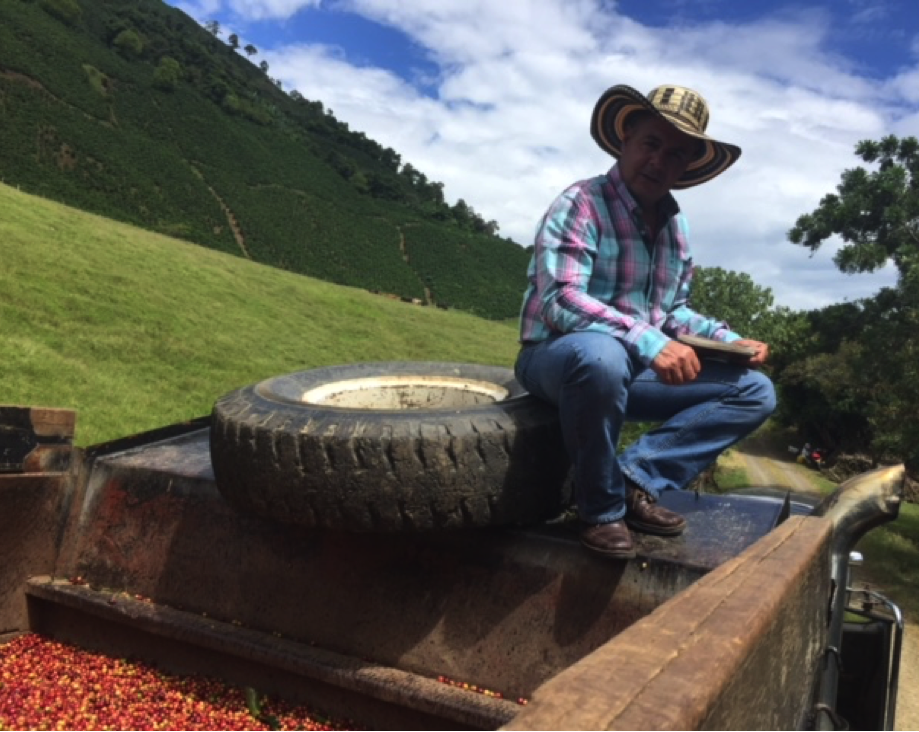
The plantation we went to was one of the bigger ones in the region. We were there during the peak of harvest season and the owner of the plantation said there were over 250 workers on the plantation. The workers we saw were ranging from young teenager to about 60. They had a huge amount of land, I don’t remember the exact amount but it was a lot. The coffee plants were everywhere and in every kind of terrain. Some of the plants were on the sides of hills so steep I don’t think I could even walk up them let alone harvest coffee.
The workers are given a designated area to pick the coffee cherries each day and they are paid by the amount they pick so they can pick as much or as little as they want. So they generally start early in the morning and when they fill a sack with cherries, they bring it to a designated meeting spot that has a scale. Their bag is then weighed and the amount is written down so they can be paid based on how much they picked. They then dump the cherries into a dump truck to be processed.
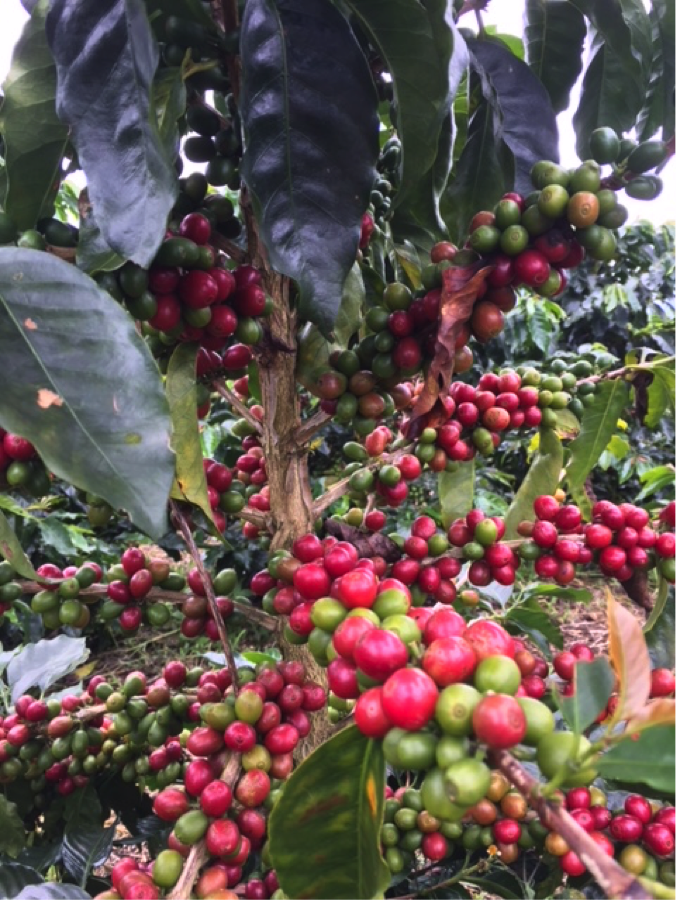
The workers have options on how they’ll be paid. Some of them choose to live on the plantation and are provided meals so they are paid less per amount picked than the workers that have their own lodging.
So after the cherries are picked, the next step depends on the plantation. Some plantations have processing facilities on the premises and the cherries are sent there so the beans can be extracted. Other plantations just pick the cherries and sell them as is to a processing facility.
The plantation we were at processed their cherries on premises so the dump trucks would come to a large barn/garage type building and dump the cherries into an industrial machine that extracts the bean from the cherry. After the beans were extracted, they were dumped into a big tub of water. The best quality beans sink to the bottom and the crummy ones float on top, with various levels of quality bean in between.
They separated the good from the bad quality beans by letting the water flow through a 3 foot deep trench with a “dam” at the end. When all the floating beans (bad quality – used for instant coffee usually) made it over the top of the dam they were separated to begin the drying phase. They then lowered the dam blocker so the next step up in quality of beans could be separated. They repeated this process several times until they got to the best quality beans which were at the bottom of the water.
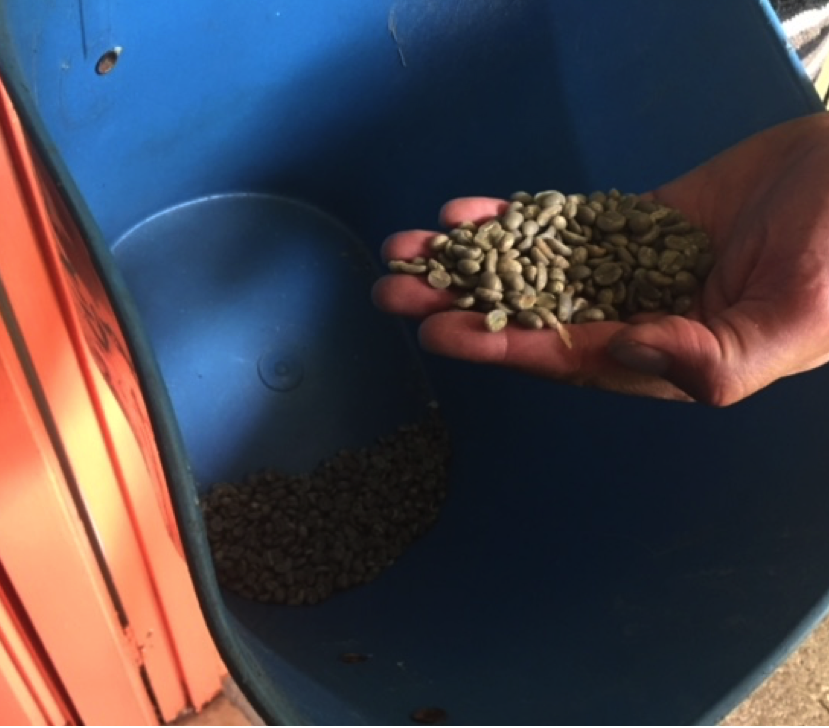
The best quality beans get preference, obviously because they are paid the most for them. These are dried in a giant drum (it looked like what a distillery makes beer in). There was “forced air” blown on them and there was a large rotating piece in the drum to stir the beans.
Most plantations in Colombia export dried beans (not yet roasted) and whoever buys them does the roasting. So the dried beans are put into sacks and then taken to a coffee co-op where a sample is inspected for quality and then the co-op pays the plantation owner based on the amount and quality.
Co-ops are regulated by the government and are required to pay for any coffee that is brought in. So any plantation that brings in coffee will be paid the going rate and they can never be turned away.
The co-op then sells the beans and they are exported all over the world to be roasted and made into coffee.
Photos Scott Page